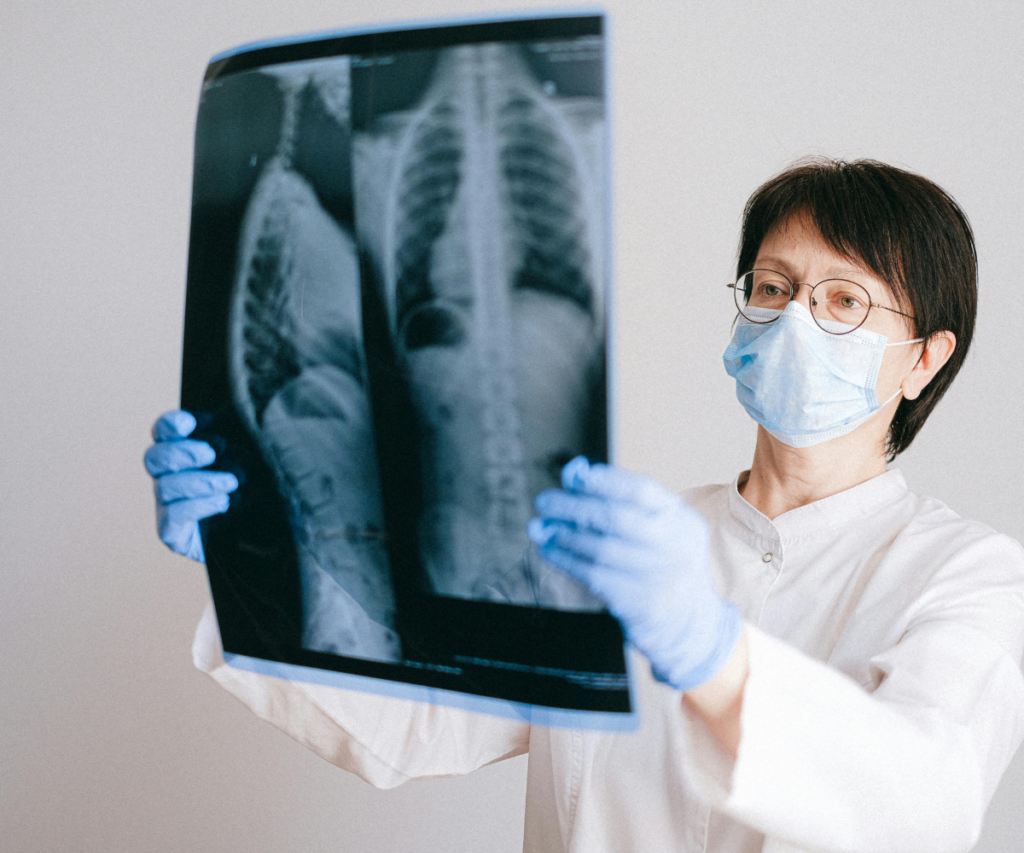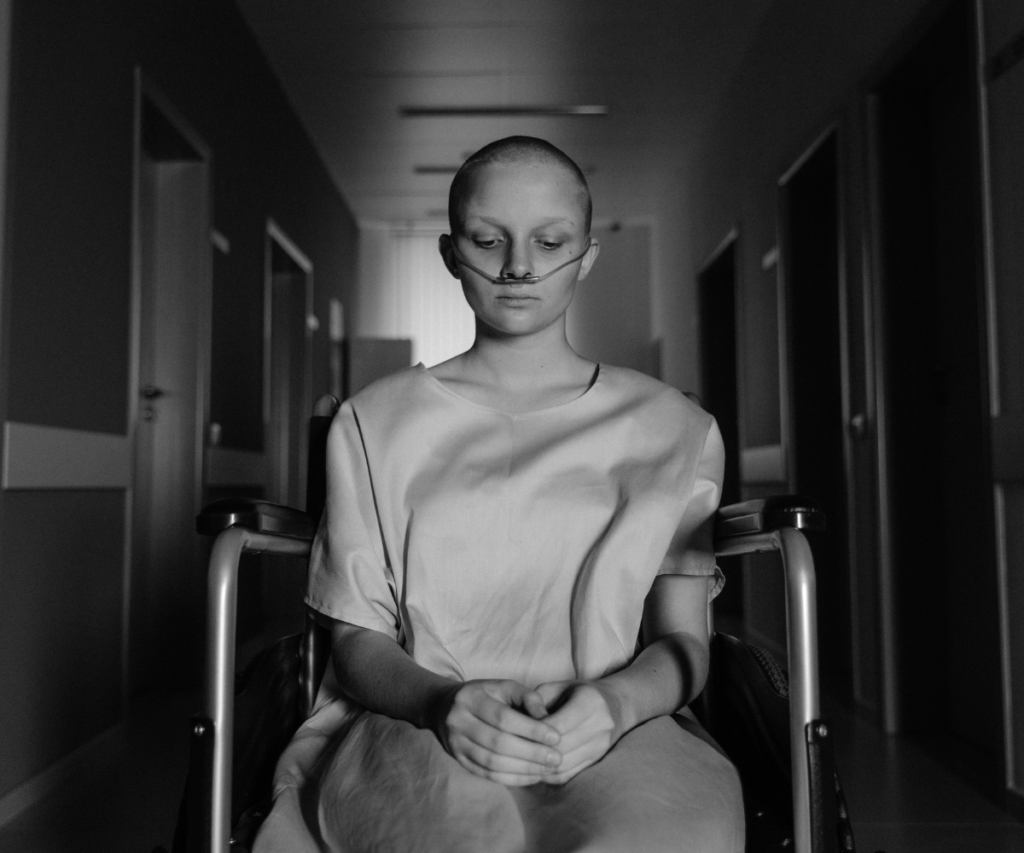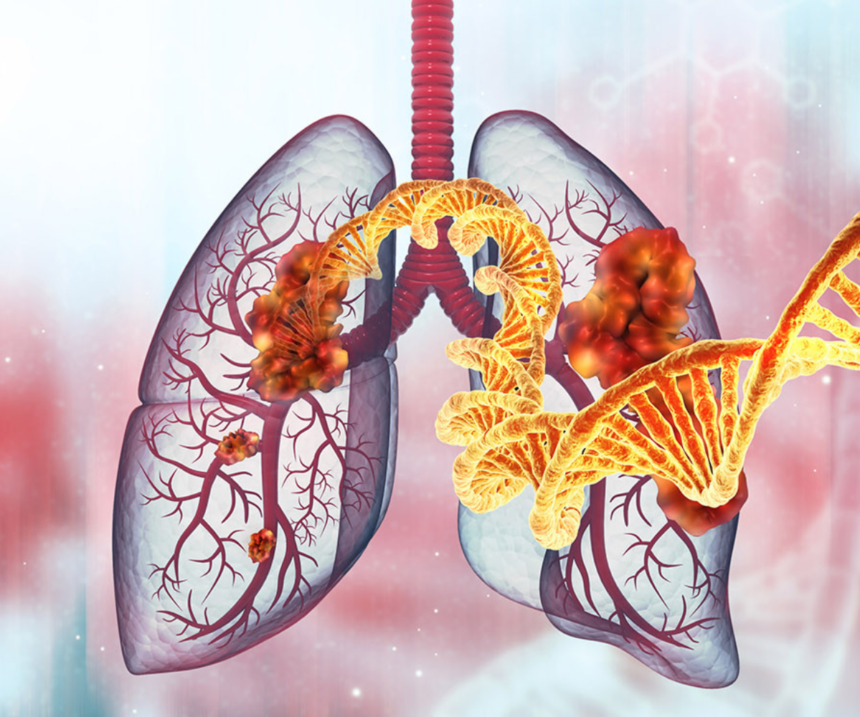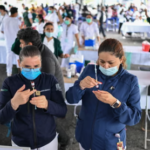Introduction
Recent findings unveiled at the American College of Chest Physicians (CHEST) 2025 Annual Meeting in Chicago underscore a troubling reality: lung cancer treatment disparities rooted in race and socioeconomic status (SES) continue to shape survival outcomes across the United States. Despite advances in diagnostic tools, surgical precision, and targeted therapies, certain communities remain systematically disadvantaged when it comes to accessing and receiving optimal lung-cancer care.

The analysis presented at the meeting drew from one of the most comprehensive national cancer datasets — the Surveillance, Epidemiology, and End Results (SEER) database — to reveal how socioeconomic and racial inequities persist even as oncology continues to evolve. Researchers examined more than 45,000 patients diagnosed between 2010 and 2020 with either small-cell lung cancer (SCLC) or non-small-cell lung cancer (NSCLC). Their goal was not only to identify statistical differences in treatment and survival but also to guide future strategies that can narrow these gaps.
Socioeconomic and Racial Gaps in Lung Cancer Care
Lung cancer remains the leading cause of cancer-related deaths globally. Yet the burden of the disease is not shared equally. The study highlighted that non-Hispanic Black patients and those from lower-SES backgrounds face notable barriers to early diagnosis, timely treatment, and comprehensive follow-up care. In contrast, Asian/Pacific Islander patients demonstrated comparatively better survival outcomes, a pattern that may reflect differences in healthcare behavior, cultural factors encouraging screening, or regional access to advanced medical centers. lung cancer treatment disparities.
Key Study Overview
The cohort included 45,762 individuals with stage I–IV lung cancer whose records contained treatment details, survival metrics, and demographic variables. The researchers assessed three major forms of therapy: surgery, chemotherapy, and radiation. Survival was evaluated using two measures — overall survival (OS) and cancer-specific survival (CSS) — while socioeconomic data encompassed education, income, and insurance coverage.
Major Findings at a Glance
Statistical analysis revealed clear inequalities:

- 18 % lower likelihood of surgery for early-stage NSCLC among non-Hispanic Black patients compared with non-Hispanic White patients.
- 24 % lower probability of receiving chemotherapy among those in the lowest income quartile with advanced disease.
- 30 % lower access to radiation therapy for uninsured individuals.
- After adjusting for potential confounders, non-Hispanic Black patients faced a 15 % higher risk of mortality; those in the lowest socioeconomic quartile experienced a 22 % higher risk of cancer-specific death.
- Conversely, Asian/Pacific Islander patients demonstrated a 15 % lower mortality risk, suggesting potential protective social or systemic factors.
These differences held statistical significance (P < .001) across treatment types and stages, demonstrating that inequality persists from diagnosis through follow-up.
Why These Disparities Matter
The findings emphasize that healthcare is not purely a matter of biology or technology; it is deeply intertwined with the social environment. Even as oncologists refine surgical techniques or develop novel targeted drugs, patients who lack adequate insurance, stable income, or education may not reach the same outcomes as those who do. Understanding these lung cancer treatment disparities is therefore critical for both clinical practice and policy formation. lung cancer treatment disparities.https://www.youtube.com/watch?v=XSDU3d2j4gY
Beyond Numbers — The Human Story Behind the Data
Behind every statistic lies a lived experience. A patient’s ability to undergo surgery or complete chemotherapy often depends on factors outside the hospital: transportation to appointments, paid leave from work, language support, and trust in the healthcare system. Non-Hispanic Black communities, for example, may experience historical mistrust toward medical institutions, while lower-income households often face competing priorities between health and survival needs. These realities influence adherence to treatment, follow-up visits, and ultimately survival.
A Shift Toward Health Equity in Oncology

In recent years, oncology societies and public-health agencies have prioritized health-equity initiatives. However, the CHEST 2025 findings show that progress remains uneven. While research funding and awareness campaigns have increased, structural determinants of health — such as neighborhood environment, educational opportunity, and systemic bias — continue to shape care delivery. The study’s investigators stressed that eliminating disparities requires interventions at multiple levels: healthcare systems, policy frameworks, and community engagement. lung cancer treatment disparities.
Understanding the Role of Socioeconomic Status (SES)
Socioeconomic status affects nearly every step of the cancer-care continuum. Patients with lower incomes or educational attainment are less likely to have regular check-ups, health insurance, or knowledge of lung-cancer risk factors. Many also live in regions with limited oncology facilities or specialists. These combined disadvantages delay diagnosis, limit treatment options, and increase the chance of late-stage detection — when survival rates drop dramatically.
For example, a patient without insurance may postpone visiting a doctor after experiencing chronic cough or fatigue, attributing symptoms to infection or stress. By the time medical help is sought, cancer may have progressed beyond the curative stage. This pattern perpetuates the survival gap described in the SEER analysis.
The Intersection of Race and Socioeconomic Barriers

Race and SES often intersect, compounding inequality. Non-Hispanic Black individuals are statistically more likely to experience economic disadvantage, reside in medically underserved areas, and face implicit bias during clinical encounters. These overlapping barriers explain why racial gaps in survival persist even when controlling for income. Structural racism — manifested through historical housing segregation, employment discrimination, and inequitable insurance coverage — continues to shape who receives life-saving care. lung cancer treatment disparities.




